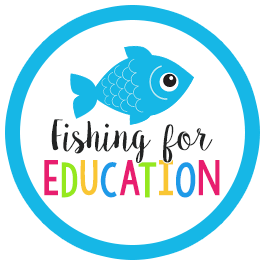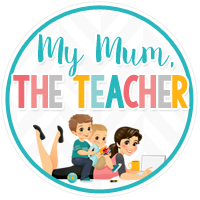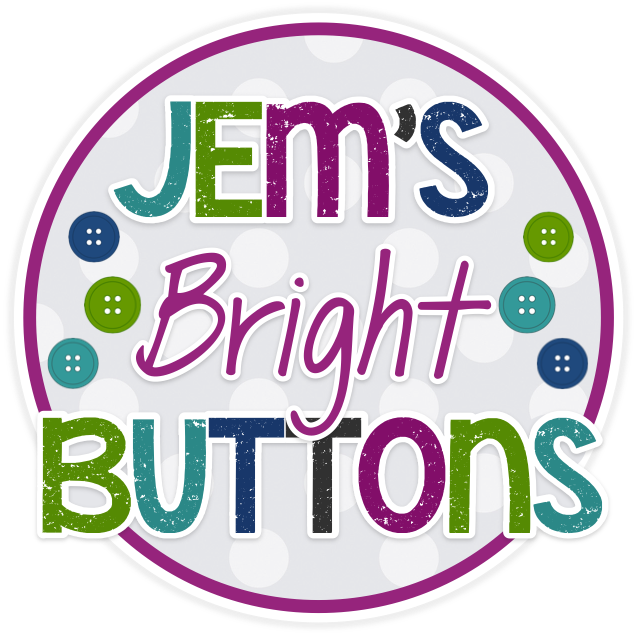This post is about the three types of reading that are currently occurring in my 3/4 classroom.
I wanted to just write about Literature Circles - but needed to give you a bit of background to the previous two reading group strategies that need to be accomplished before you embark on Literature Circles.
Hi, Paula from Paula's Place and welcome to an insight into my busy classroom.
I have collated some old photos to share with you the three types of reading that happens in my space.
Guided Reading,
Reciprocal Reading
and
Literature Circles
(There is also the shared read with our class novel)
The small group focus allows the teaching to be more focused on their specific needs.
source
Guided Reading is a small group reading model that allows us to work with a group on a selected set of strategies together.
The two screen shots are from a youtube video that is a great source to check out for guided reading
The reading and writing block is a busy time for all of us.
I wanted to just write about Literature Circles - but needed to give you a bit of background to the previous two reading group strategies that need to be accomplished before you embark on Literature Circles.
Hi, Paula from Paula's Place and welcome to an insight into my busy classroom.
I have collated some old photos to share with you the three types of reading that happens in my space.
Guided Reading,
Reciprocal Reading
and
Literature Circles
(There is also the shared read with our class novel)
Guided Reading
source
The two screen shots are from a youtube video that is a great source to check out for guided reading
This resource is great in supporting teachers to do Guided Reading
The steps for a guided reading lesson are:
Before reading: Set the purpose for reading, introduce vocabulary, make predictions, talk about the strategies good readers use.
During reading: Guide students as they read, provide wait time, give prompts or clues as needed by individual students, such as "Try that again. Does that make sense? Look at how the word begins."
After reading: Strengthen comprehension skills and provide praise for strategies used by students during the reading.
Benchmarking for Point of Need
As 'daily 5' is further cemented in our systems and structures - I can spend more time conferring with individual students.
As my children read one on one with me, I record their reading on a Running Record sheet. This process is so important in analysing what is the next step and what is their true instructional text.
'daily 5' allows us the opportunity to do this much more often. Our other students are engaged with best fit tasks while we do this. They know that everyone has this time with the teacher and it is important to not interrupt and let the reading happen.
In our state, we had a 6-18th month strategy that says that we need to take running records every three weeks for each child. Before 'daily 5' this was difficult to manage. Now it is possible to do 3-5 a day. It has become part of what we do.
Reciprocal Reading
This is a step just before Literature Circles where you teach some roles and the independence before the full on tasks of Literature Circles.
Each group has the same text and they take it in turns to be the
- Summariser
- Question Generator
- Clarifier and
- Predictor
This is where we model and assist the students to fulfill these roles.
You will love Literature Circles for your strong readers.
They read, prepare and present responses to a best fit book.
The level of conversation is amazing and you can explore whether you go deep, encourage alternative thinking and/or problem solve all while developing a love of literature.
Here are some photos of my Literature Circle work.
It is a bit like an adult book group and each student has a role and prepares their read and their role prior to presenting each week.
This is our timetable and each group knows when they check in and present.
Here are names of books, group members and days for presenting.
This is my note page to keep up with learning and reading behaviours.
These bookmarks help keep my readers on task.
Get on board - you will love it!










































